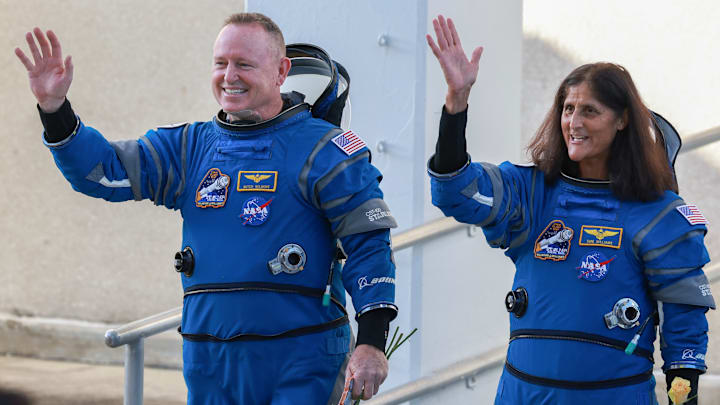While we all love to watch the live view of the International Space Station (ISS), which is responsible for countless discoveries, NASA says its useful lifespan is coming to an end. They are developing a complex plan to bring it down with a little help from Elon Musk and SpaceX.
Why Deorbit the ISS?
The ISS has been an important center for scientific research since 1998, and it has helped prove that people from different countries can work together for a common goal. However, as it ages, maintaining the station has become more expensive, with repairs becoming more frequent. NASA is also shifting its focus toward deep space exploration and wants to spend its money on the Artemis missions to the Moon, future Mars missions, etc.
The Deorbit Plan
Develop a Deorbit Vehicle
NASA has awarded SpaceX an $843 million contract to develop a specialized spacecraft, the U.S. Deorbit Vehicle (USDV), to safely bring the ISS down. This vehicle will help provide a controlled entry into the atmosphere and a precise splashdown location, minimizing the risk of an accidental crash landing.
A Controlled Reentry
The ISS orbits Earth about 250 miles up, and without regular boosts, it would fall back naturally but could crash into a populated area. With the USDV, NASA can have the ISS follow a predetermined path to Point Nemo in the South Pacific Ocean, one of the most isolated places on Earth.
International Cooperation
NASA is working with the Canadian Space Agency (CSA), the European Space Agency (ESA), the Japan Aerospace Exploration Agency (JAXA), and the Russian space agency Roscosmos to develop the reentry plan and have already made significant progress. These agencies have collaborated throughout the station's operational life and will continue to work together to ensure its safe deorbit.
Transition to Commercial Stations
Before decommissioning the ISS, NASA will transfer its research and crew activities to commercially operated space stations. Several private companies are developing new orbital platforms, such as Axiom Space's Axiom Station and Blue Origin's Orbital Reef, that will continue the ISS's work.
Technical Challenges
- Designing a vehicle that can perform a precise and controlled deorbit on its first try.
- Ensuring that the deorbit process minimizes environmental impact.
- Transitioning to commercial stations involves significant investment and planning with private companies.
Follow GeekSided to learn more about the ISS and to leave comments and questions.
